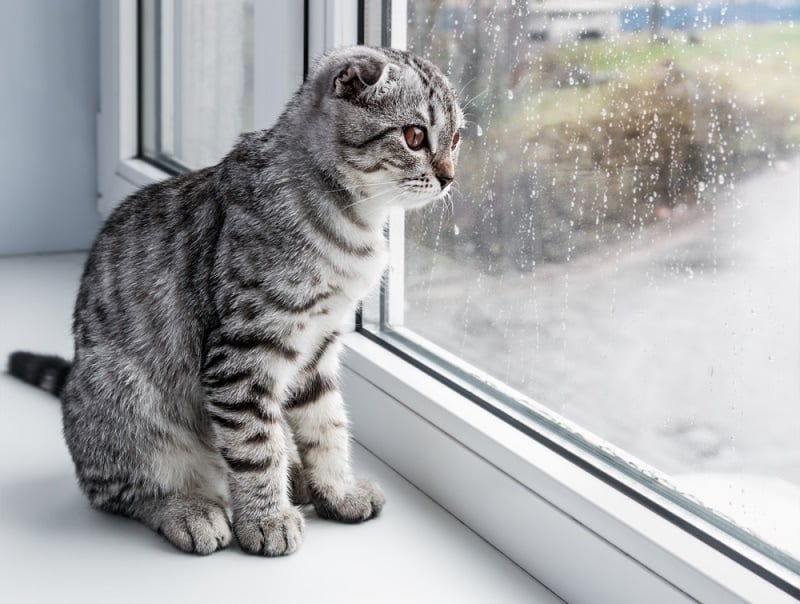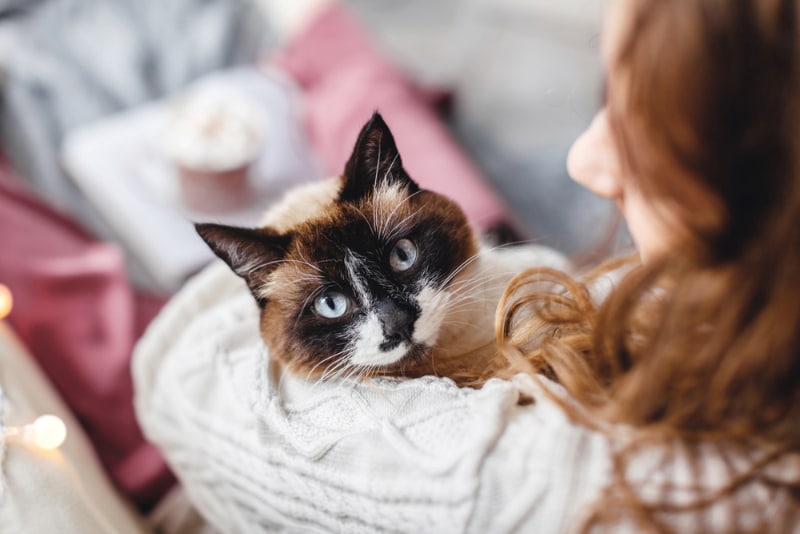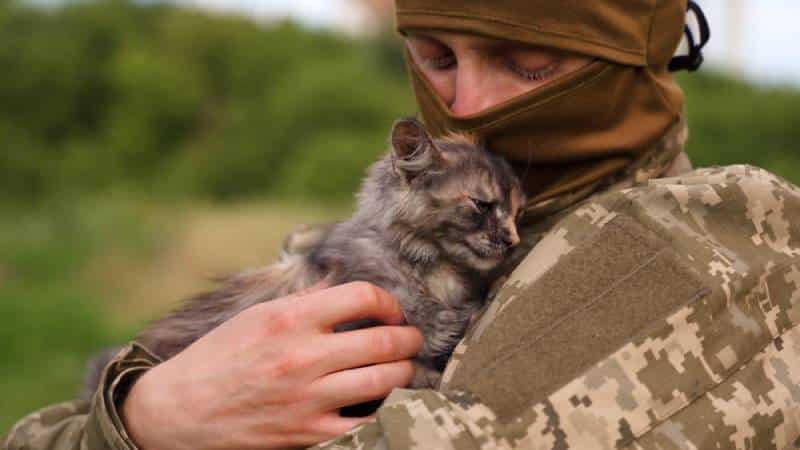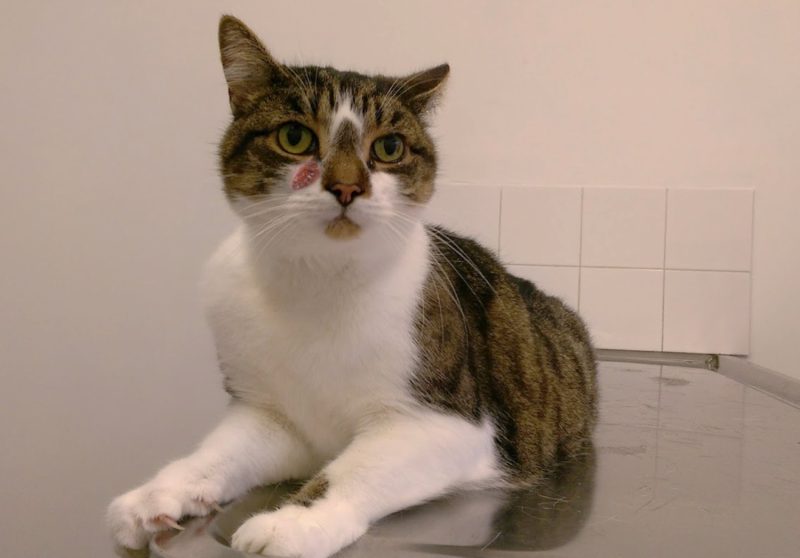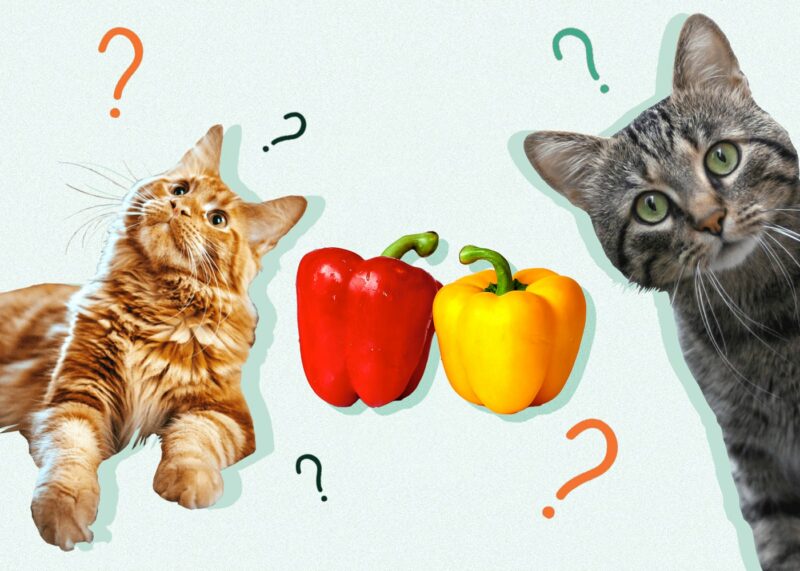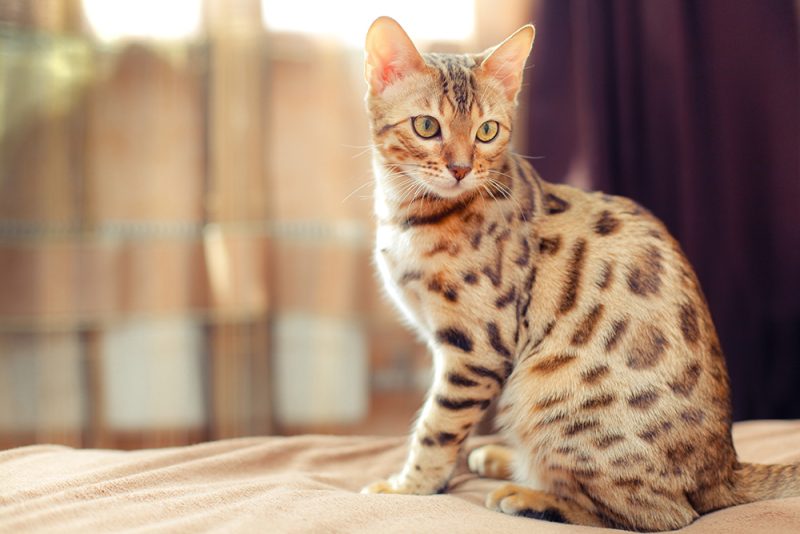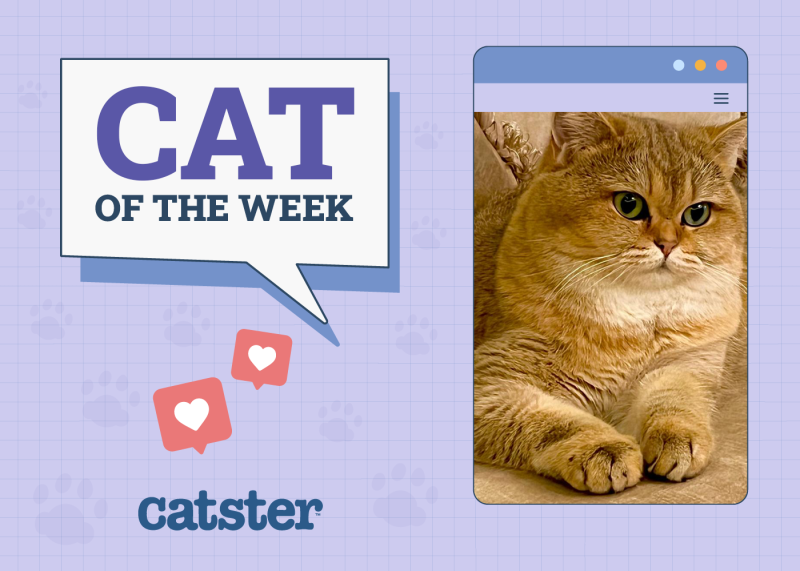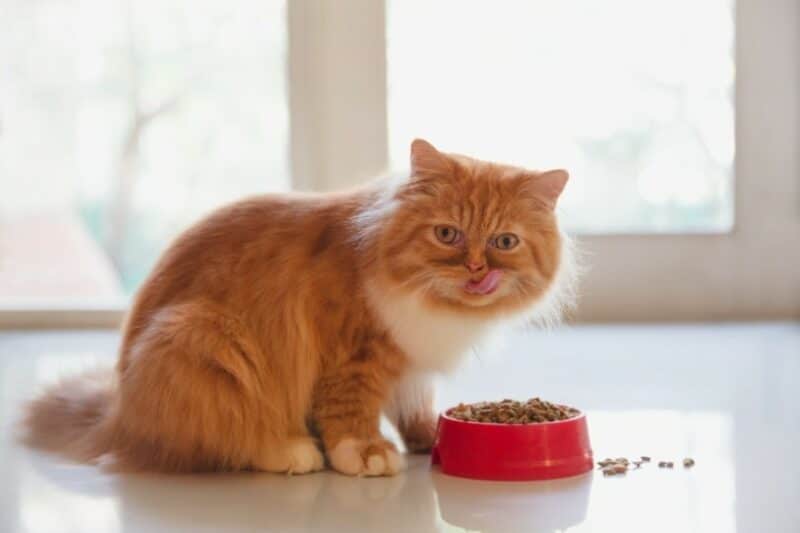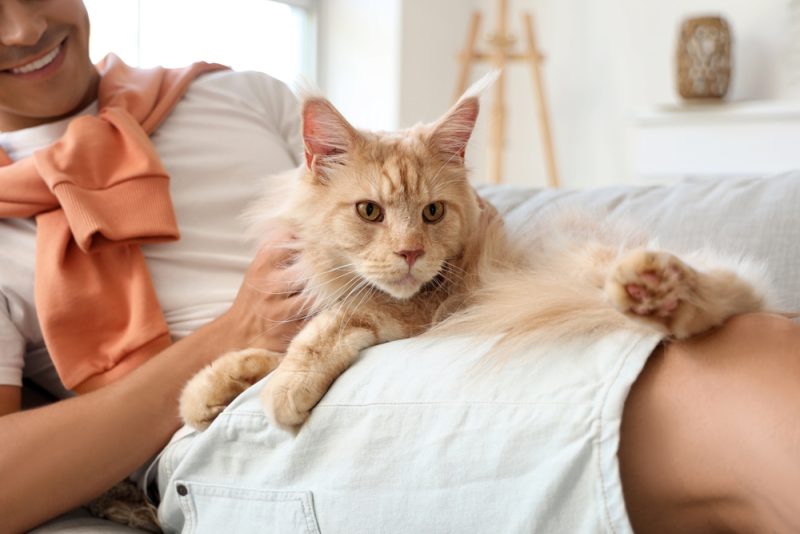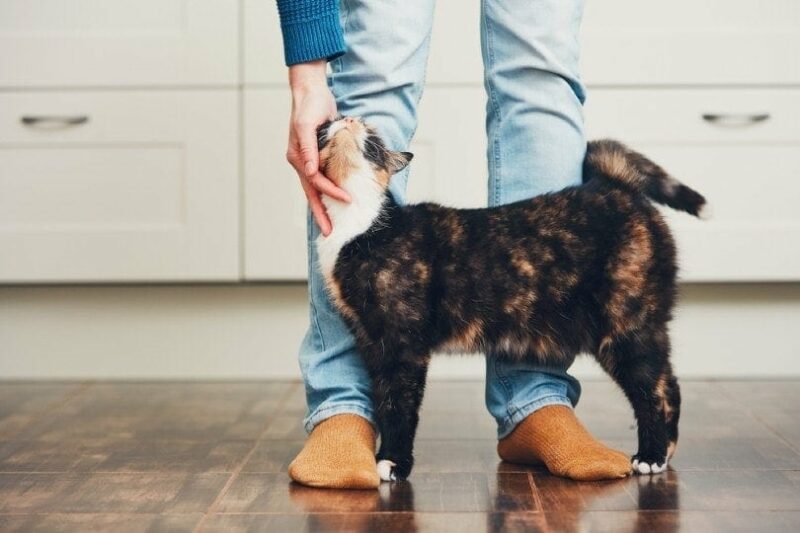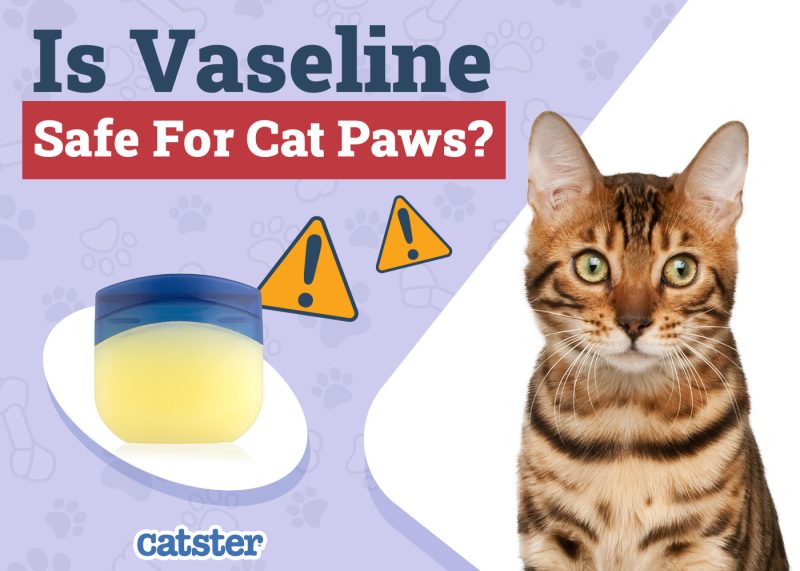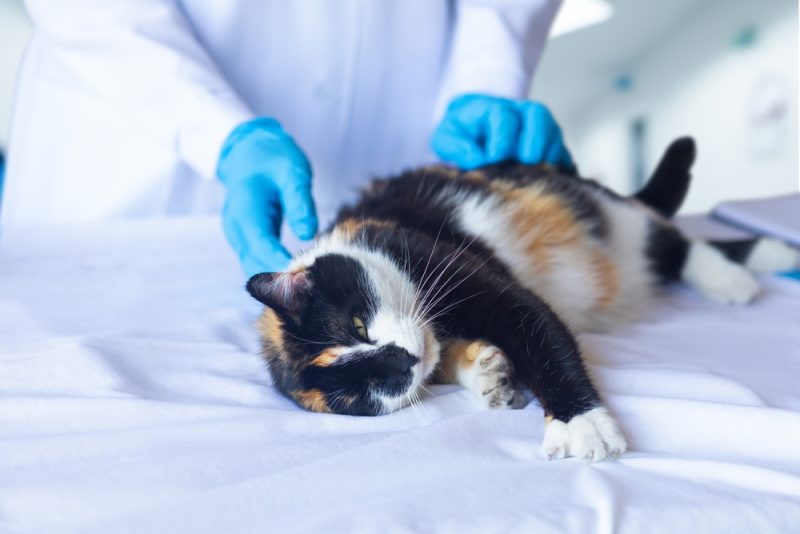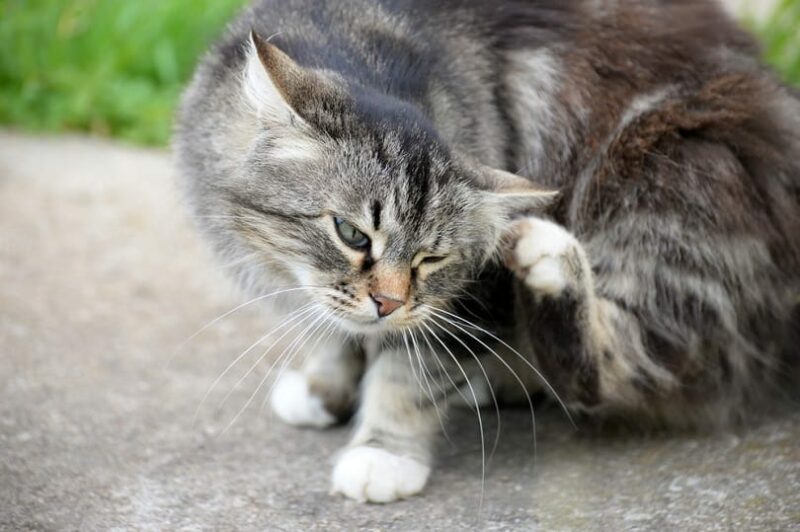Throughout history, there have been various strange beliefs about cats, including the idea that cats can predict the weather. Many ancient cultures had superstitions about cats and the weather, which is why this belief still lingers today. But is it true? Can cats predict the weather?
It’s undeniable that felines are sensitive creatures and that they can sense various things humans can’t. Although they can’t actually predict the weather, cats react to changes in air pressure, a coming storm, and similar weather changes.
Keep reading to find out how cats can sense weather changes and how to be in tune with your feline to determine if bad weather is coming your way.

Cats and Predicting the Weather
For centuries, people have represented cats as animals with extreme sensitivity to weather changes. Many cultures had superstitions about cats and their behaviors, so when a cat was engaging in a particular behavior, people connected that with a weather change.
- The Netherlands — People in the Netherlands believe that there’s going to be wind if they see a cat scratching curtains or carpets.
- Great Britain — People living in this country believed that there would be rain if they saw a cat licking its ears.
- America — Some people in the US believe that there’s a storm coming if a cat is sleeping with all its paws under its body.
In the past, many believed that cats had superpowers that allowed them to predict the weather. Even sailors who needed to spend a lot of time on the sea brought cats with them and observed their behavior to predict if bad weather was coming their way.
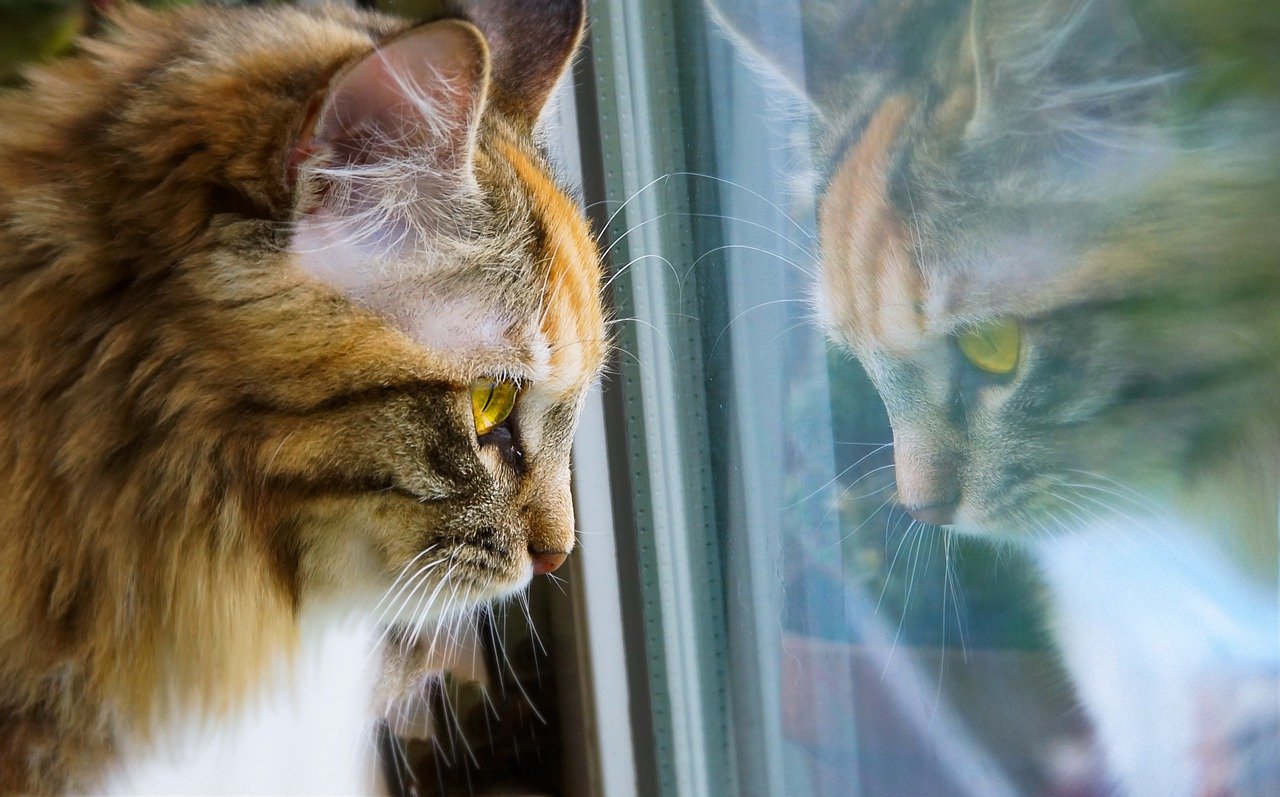
Are Cats Able to Sense Bad Weather?
Due to their extreme sensitivity, cats can pick up on things humans can’t, including bad weather coming your way. Most of the time, cats react to changes in the weather due to changes in atmospheric pressure.
Typically, when there’s a storm coming, the air pressure will suddenly drop, which is something many animals can feel due to their survival instinct. Cats are also able to experience these atmospheric changes with their inner ears.
Depending on a cat’s sensitivity, some cats may become overly nervous or scared when sensing air pressure changes, while others can simply disregard these senses. Another important thing to mention is that cats also have a strong sense of smell and sound. Those senses allow your feline to hear thunderstorms even from a distance and to smell the rain in the air.
When all the senses cats have combined, they can be a pretty good tool for determining if there’s bad weather coming your way or not.
Can Your Cat Sense an Incoming Storm?
Although cats can sense changes in the air pressure and react to them, that still doesn’t make them an entirely reliable weather forecast. Your cat will surely be able to recognize changes in the atmosphere and rain and storms coming your way.
Besides noticing the changes in the air pressure, your cat can react to smells and sounds in its surroundings that may indicate storms and rain. However, some cats may sense weather changes but simply not react to them, which can make it hard for you to try and predict the weather simply by observing your cat.
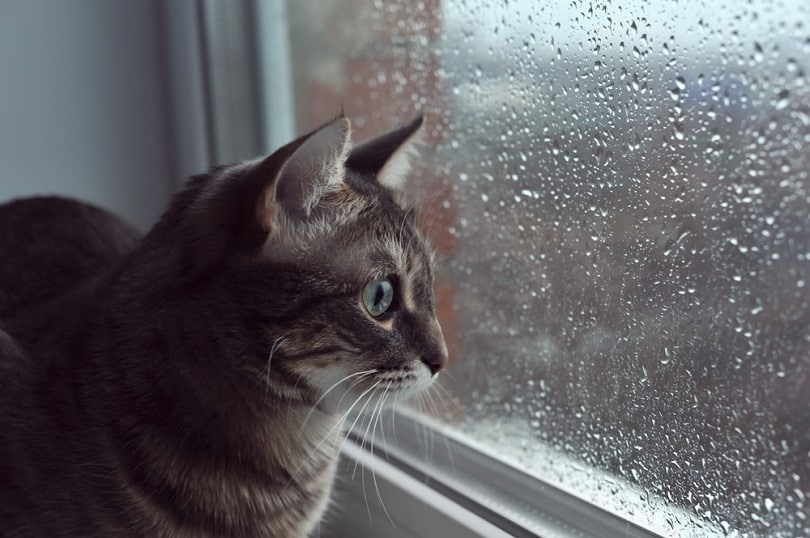
Behavioral Changes in Cats When the Weather Is About to Change
Every cat is individual, meaning that not all cats will react the same to weather changes.
- Hiding more than usual
- Your cat looks aggravated, scared, or frightened
- If your cat is typically happy and content, but it’s acting irritable all of a sudden
- Your cat is typically calm but now showing extreme energy outbursts
How to Keep Your Cat Calm During Weather Changes?
Since cats are so sensitive to weather changes, it’s not uncommon for them to become anxious or stressed during that period. Because of that, you should try and help your cat cope with the situation.
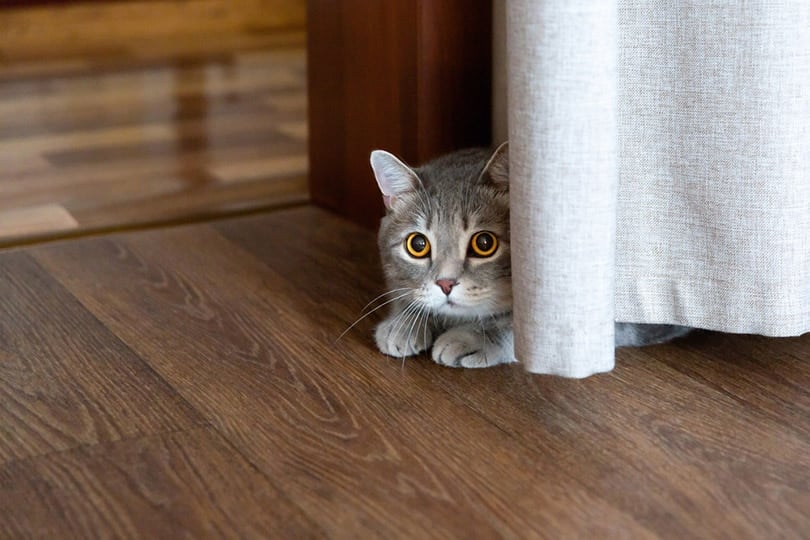
Occasionally, helping your cat in such a situation may be easier said than done.
- Since cats like to hide during rain and storms, provide enough hiding spots in your home in case your feline wants to be alone.
- Keep your cat indoors and ensure that there are no ways for it to escape outside.
- Cats will frequently look at their owners and see how they react in specific situations; if you remain calm during a storm, your cat will also feel calmer.
- Create a calm and friendly atmosphere in your home to help your cat relax; switch on the TV or put some music on to help your cat feel at ease.
- Look for other distractions such as toys, games, or cuddle time with your feline.
- Try out natural pheromone diffusers to help your cat calm down.
- If nothing works for your feline, discuss the situation with your vet to get advice on how to help your cat calm down during weather changes.
If you need to speak with a vet but can't get to one, head over to PangoVet. It's an online service where you can talk to a vet online and get the advice you need for your pet — all at an affordable price!


Final Thoughts
It’s undeniable that cats are way more in tune with nature than humans, which is why they can sense various changes in the atmosphere. A cat cannot actually predict the weather, but it can sense the change in the air, smell the rain, or a coming storm.
Featured Image Credit: OlegDoroshin, Shutterstock
